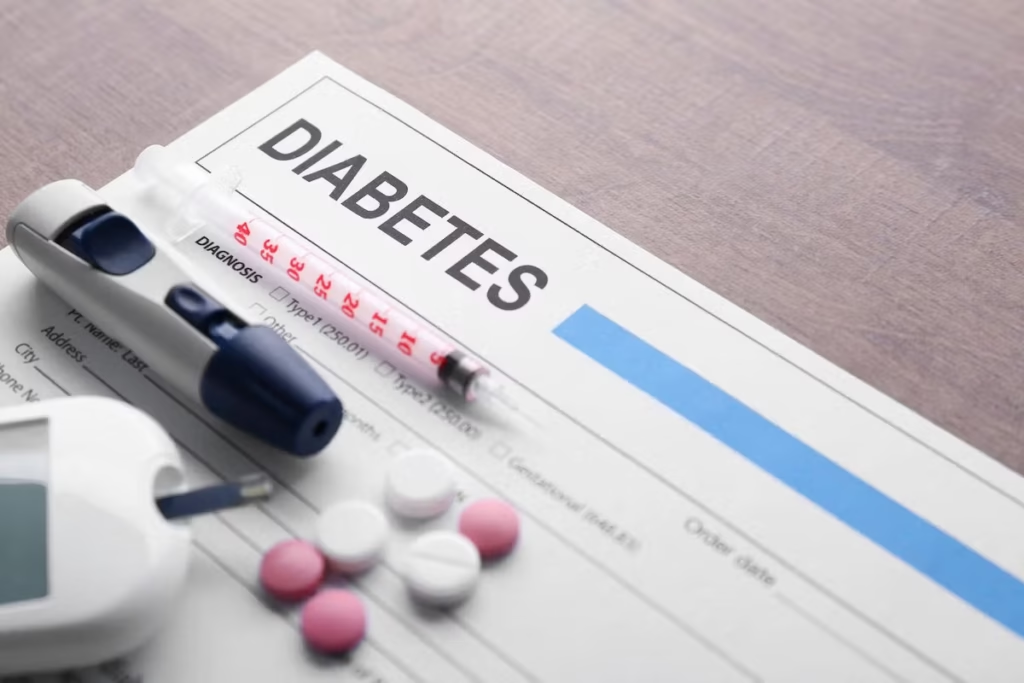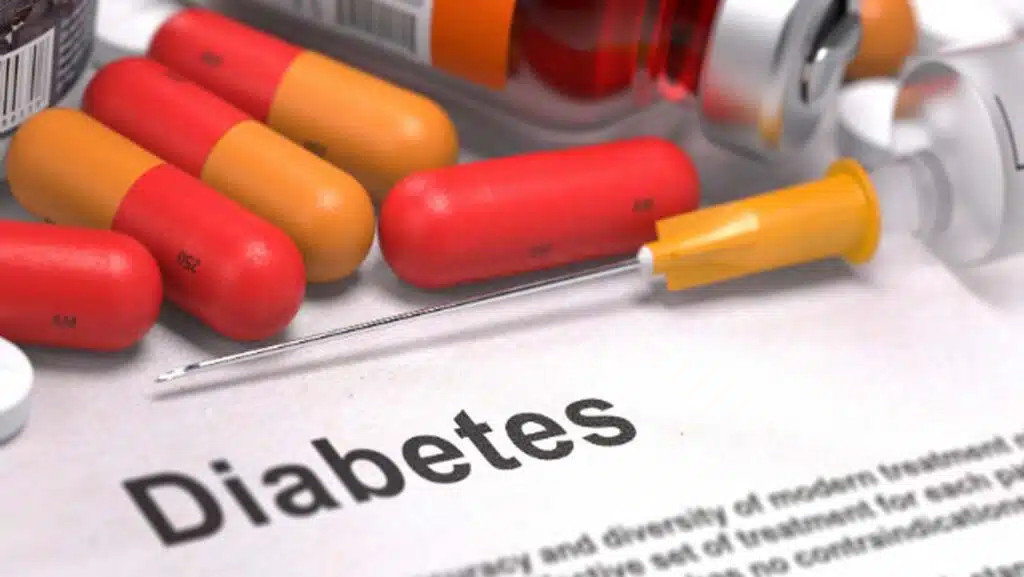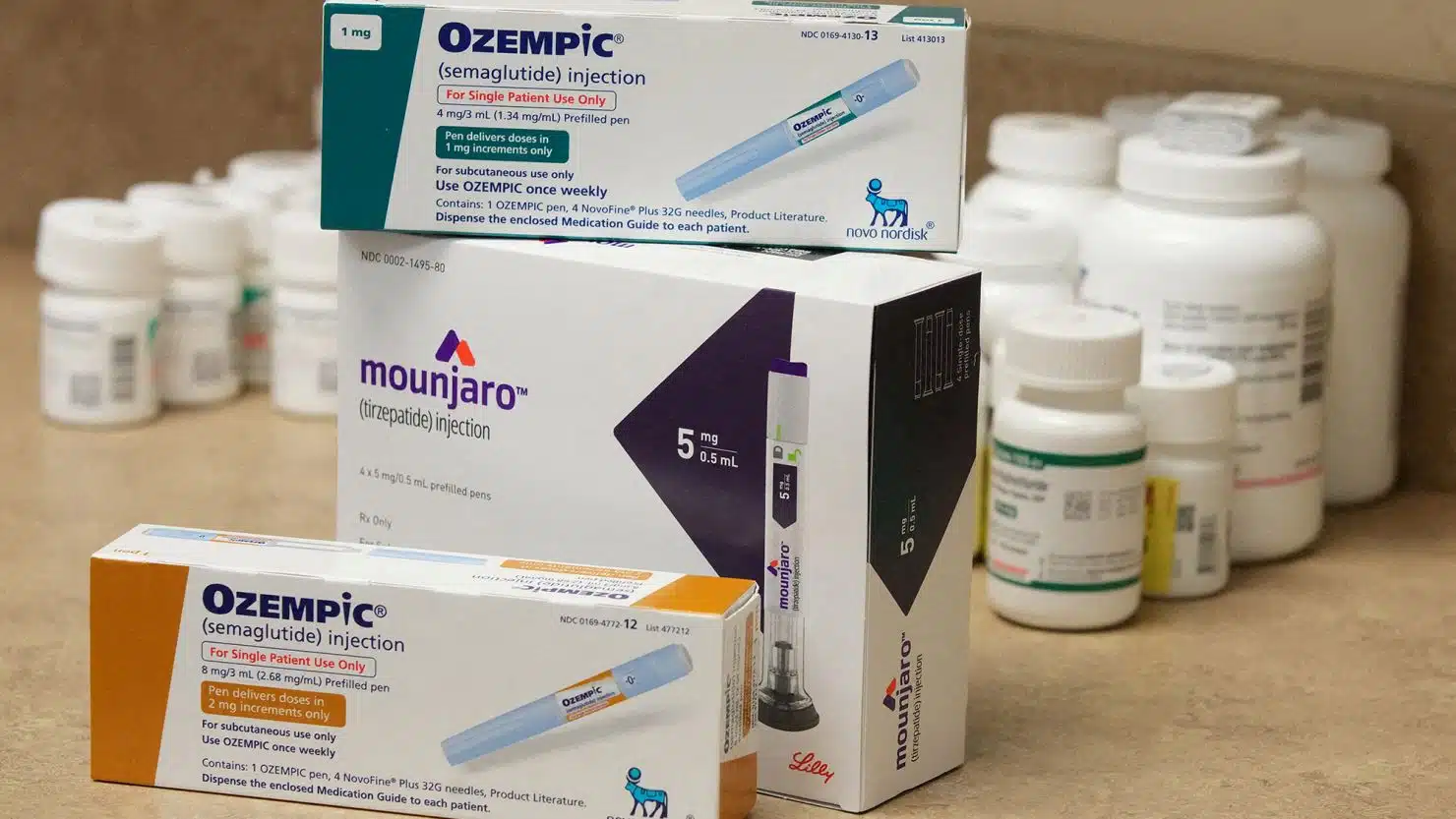Managing diabetes has become significantly easier with the latest generation of medications that offer improved efficacy while minimizing unwanted side effects. As we navigate through 2025, several new diabetes drugs without side effects are revolutionizing how patients approach their treatment plans, offering hope for millions seeking better blood sugar control with fewer complications.
The landscape of diabetes medication has evolved dramatically, with pharmaceutical companies focusing on developing treatments that not only effectively manage blood glucose levels but also reduce the burden of adverse reactions that have historically plagued diabetes management.
What Are New Diabetes Drugs and Why Do They Matter?

Traditional diabetes medications often came with a host of challenging side effects, from weight gain and hypoglycemia to gastrointestinal distress and cardiovascular complications. The new generation of diabetes drugs represents a significant breakthrough in pharmaceutical innovation, targeting multiple pathways to achieve better glucose control while dramatically reducing the risk of adverse reactions.
These newer medications work through innovative mechanisms that closely mimic the body’s natural regulatory systems. Unlike older drugs that often forced the pancreas to work harder or caused unpredictable blood sugar drops, these new diabetes drugs without side effects work in harmony with your body’s existing processes.
The most promising class of these medications includes GLP-1 receptor agonists and newer insulin biosimilars that have been engineered to provide more predictable, gentle glucose management. Clinical trials show the superiority of GLP-1RA to other antihyperglycemic drugs in improving glycemic efficacy, reducing weight and blood pressure, and having a cardioprotective effect, all without the risk of hypoglycemia.
Health Benefits of Modern Diabetes Medications
The health benefits of these new diabetes drugs without side effects extend far beyond simple blood sugar control. Many patients experience improvements in multiple areas of their health, creating a comprehensive wellness approach rather than just treating isolated symptoms.
Weight management has become one of the most celebrated benefits of these newer medications. Nearly 12 percent of Americans have used GLP-1 drugs for weight loss, highlighting their dual-purpose effectiveness. Unlike traditional diabetes medications that often caused weight gain, these newer options frequently support healthy weight loss as a natural side effect of improved metabolic function.
Cardiovascular health improvements represent another significant advantage. Many of these medications provide protective effects for the heart and blood vessels, reducing the risk of heart disease, stroke, and other cardiovascular complications that diabetics traditionally face. The blood pressure lowering effects observed with many new diabetes drugs create additional layers of protection for long-term health outcomes.
The glycemic index management achieved with these medications also supports better energy levels throughout the day, reducing the dramatic blood sugar swings that can leave patients feeling fatigued, irritable, or mentally foggy.
Challenges and Considerations

While these new diabetes drugs without side effects represent remarkable progress, patients and healthcare providers should understand certain limitations and considerations. Access and affordability remain primary challenges, as many of these newer medications carry higher price points than traditional options.
Insurance coverage varies significantly, and patients may need to work closely with their healthcare teams to navigate approval processes. Some insurers require documentation of failed attempts with older medications before approving newer, more expensive alternatives.
Individual response patterns can also vary. While these medications are described as having minimal side effects, every person’s body chemistry is unique. What works exceptionally well for one patient may require adjustments for another. The key is working closely with healthcare providers to find the optimal treatment approach.
Supply chain issues have occasionally affected availability of some of these popular medications, particularly as demand has increased for dual-use diabetes and weight management applications.
Latest FDA Approvals and Pipeline Developments

The FDA continues to approve innovative diabetes treatments that prioritize safety alongside effectiveness. FDA approved the first rapid-acting biosimilar insulin product, Merilog (insulin-aspart-szij), a biosimilar to its reference product Novolog, expanding access to effective insulin options with improved affordability.
We may see expanded use of GLP-1 drugs like Ozempic in 2025, as well as increased access to generics, indicating that these new diabetes drugs without side effects will become more accessible to broader patient populations throughout the year.
The regulatory landscape continues evolving, with stricter oversight ensuring that new medications meet the highest safety standards while maintaining therapeutic effectiveness. This careful balance protects patients while encouraging continued innovation in diabetes care.
Integrating New Medications with Lifestyle Management
Success with these new diabetes drugs without side effects often depends on combining pharmaceutical intervention with comprehensive lifestyle management. Nutrition plays a crucial role in maximizing medication effectiveness while minimizing any remaining minor side effects.
Patients frequently find that maintaining consistent meal timing, focusing on whole foods, and monitoring carbohydrate intake enhances their medication’s performance. Regular physical activity also synergizes well with these newer medications, often allowing for better glucose control with lower doses.
Sleep quality and stress management contribute significantly to treatment success. Many patients report that addressing these lifestyle factors allows them to achieve optimal results with minimal medication doses, further reducing any potential for side effects.
Tips for Discussing New Options with Healthcare Providers

When considering new diabetes drugs without side effects, preparation for healthcare consultations ensures productive discussions. Document current symptoms, side effects from previous medications, and specific treatment goals before appointments.
Bring comprehensive medication histories, including over-the-counter supplements and vitamins, as these can interact with diabetes medications. Discuss lifestyle factors, work schedules, and personal preferences that might influence treatment selection.
Ask specific questions about expected timelines for seeing results, monitoring requirements, and what to do if minor side effects do occur. Understanding the complete treatment plan helps ensure successful outcomes with these innovative medications.
Frequently Asked Questions

Question: Are these new diabetes drugs completely free from all side effects?
Answer: While significantly improved, no medication is completely free from potential side effects. These new diabetes drugs are described as having minimal or reduced side effects compared to traditional options, but individual responses may vary. Most patients experience few to no adverse reactions.
Question: How quickly do these new diabetes drugs start working?
Answer: Many newer diabetes medications begin showing effects within days to weeks, with full therapeutic benefits typically achieved within 8-12 weeks. GLP-1 medications often show blood sugar improvements within the first week of treatment.
Question: Can I switch from my current diabetes medication to one of these newer options?
Answer: Medication transitions should always be supervised by healthcare providers. Many patients successfully transition to newer drugs, but the process requires careful monitoring and potentially gradual dose adjustments to ensure continued glucose control.
Question: Do insurance plans typically cover these newer diabetes medications?
Answer: Coverage varies by insurance provider and specific medication. Many plans are expanding coverage as these drugs demonstrate long-term cost savings through reduced complications, but prior authorization requirements are common.
Question: What should I do if I experience side effects with these new medications?
Answer: Contact your healthcare provider immediately if you experience concerning symptoms. Many minor side effects resolve as your body adjusts to the medication, but professional medical guidance ensures appropriate management of any reactions.
Conclusion

The emergence of new diabetes drugs without side effects represents a transformative moment in diabetes care, offering patients unprecedented opportunities to achieve excellent glucose control while maintaining quality of life. These medications address long-standing concerns about diabetes treatment, providing effective management without the burden of significant adverse reactions.
As research continues and more options become available, patients have increasing opportunities to find personalized treatment approaches that align with their individual needs, lifestyles, and health goals. The future of diabetes management looks brighter than ever, with continued innovation promising even better options ahead.
If you’re managing diabetes or supporting someone who is, consider discussing these newer treatment options with healthcare providers. The landscape of diabetes care has evolved dramatically, and you deserve access to the most advanced, patient-friendly treatments available.
For more information about managing diabetes through comprehensive lifestyle approaches, explore additional resources at sugardetoxlab.com, where we continue sharing the latest developments in diabetes-friendly nutrition and wellness strategies.
New Diabetes Drugs Without Side Effects: 2025 Treatment Guide. Discover breakthrough diabetes medications with minimal side effects. Learn about FDA-approved drugs






